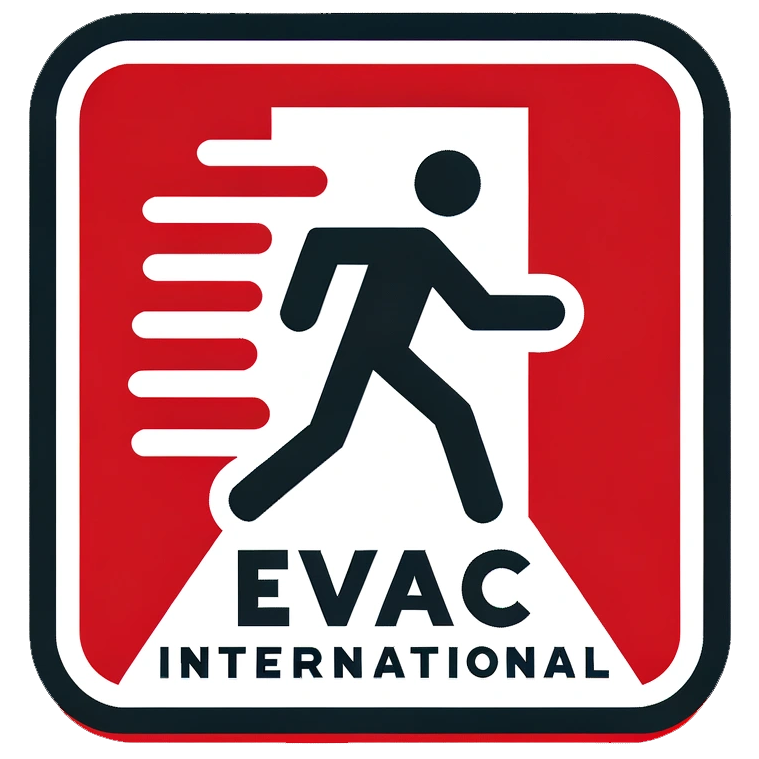As a fire safety and evacuation expert, I have seen first-hand the importance of proactive measures in ensuring the safety of individuals in public buildings and workplaces. One crucial aspect of an effective evacuation plan is the inclusion of evacuation chairs, such as the Pleur Evac, to assist in the safe and swift evacuation of individuals with mobility issues in the event of an emergency. In this article, I will delve into the significance of evacuation chairs and how they work to protect the public in times of crisis.
To begin with, it is imperative to understand the potential challenges that individuals with mobility issues face during an emergency evacuation. In the event of a fire, earthquake, or other emergency, the standard means of evacuation, such as staircases and elevators, may become inaccessible or unsafe for those who are unable to use them independently. This puts individuals with mobility impairments at a heightened risk, as they may be unable to evacuate the building in a timely manner, increasing their vulnerability to the hazards posed by the emergency.
This is where evacuation chairs, such as the Pleur Evac, come into play. These specially designed chairs are equipped with features that facilitate the safe extraction of individuals with mobility impairments from buildings during emergency situations. The Pleur Evac, for instance, is lightweight and maneuverable, allowing trained personnel to quickly and efficiently transport individuals down staircases or through narrow corridors to a place of safety.
The functionality of the Pleur Evac and other evacuation chairs lies in their ergonomic design and ease of use. The chairs are equipped with sturdy wheels and brakes, enabling smooth and controlled movement over various surfaces, including carpeting and staircases. Additionally, the chairs are often foldable for easy storage and can accommodate individuals of varying body shapes and sizes, making them versatile and practical for emergency evacuations in diverse settings.
From a fire safety and evacuation perspective, the importance of having evacuation chairs readily available in public buildings cannot be overstated. All individuals, regardless of their physical abilities, have the right to a safe and timely evacuation in the event of an emergency. By incorporating evacuation chairs into their emergency preparedness protocols, companies and public buildings can ensure that they are equipped to meet the needs of all occupants, thereby upholding their duty of care and legal obligations to provide a safe environment for everyone.
Furthermore, the presence of evacuation chairs demonstrates a commitment to inclusivity and accessibility, aligning with modern standards of workplace safety and social responsibility. In the event of an emergency, having evacuation chairs readily available can mean the difference between a successful evacuation and potential harm or casualties. As a result, the investment in evacuation chairs can ultimately enhance the overall resilience and safety of an organization or public facility.
In conclusion, as a fire safety and evacuation expert, I firmly advocate for the inclusion of evacuation chairs, such as the Pleur Evac, as an essential component of emergency preparedness in public buildings and workplaces. These chairs not only provide a practical and effective means of evacuating individuals with mobility impairments but also embody a commitment to the safety and well-being of all occupants. The incorporation of evacuation chairs into emergency protocols is a proactive and responsible measure that can mitigate the risks associated with emergency evacuations and ensure the protection of the public in times of crisis. It is my firm belief that companies and public buildings must prioritize the deployment of evacuation chairs to uphold their duty of care and safeguard the lives of all individuals within their premises.

